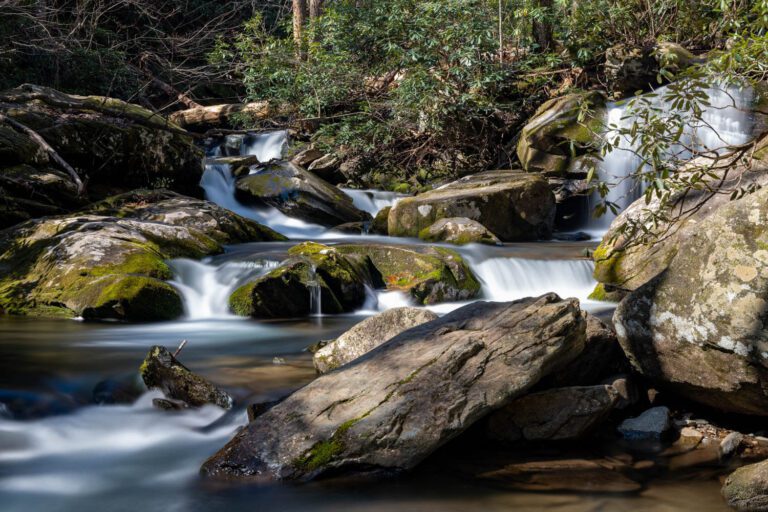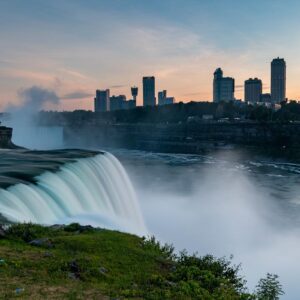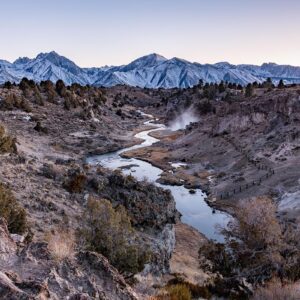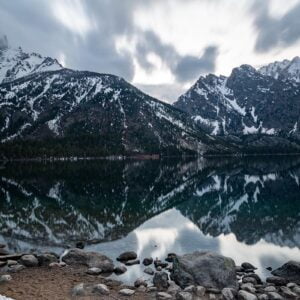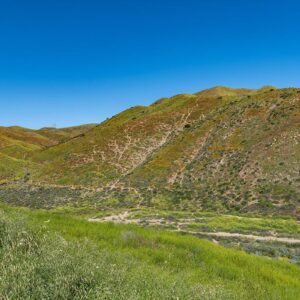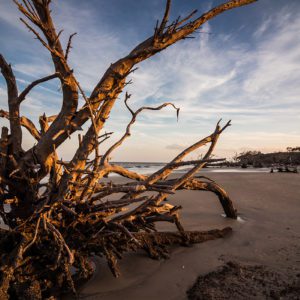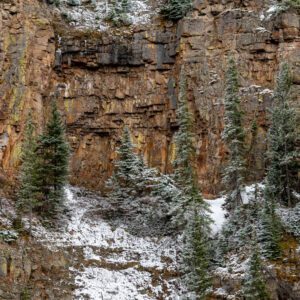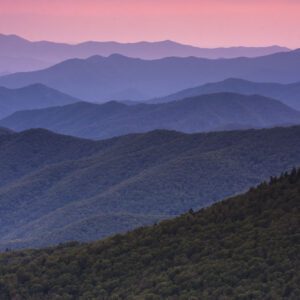Asheville, North Carolina has become known for a vibrant arts scene, live music, incredible restaurants and breweries in recent years, but given its location in the Blue Ridge Mountains, visitors will find plenty of excellent outdoor activities outside the city limits.
I spent a recent weekend in the area in search of hiking spots and photo opportunities, and hit the jackpot with two obvious choices. Between a spring morning hike at Catawba Falls and an afternoon at Chimney Rock State Park, I enjoyed a few easy meandering treks and found excellent photo opportunities at both locations. It’s no wonder these are two of the Asheville region’s most popular attractions.
Catawba Falls Hike: Crowded for a reason
Much like the never-ending waters flowing from the top of Catawba Falls, there’s no shortage of tourists, hikers and families hitting the 2.5 mile out-and-back trail here.
Catawba Falls in Old Fort is one of North Carolina’s most famous waterfall hikes, and as such, you’ll need to arrive early if you want a parking spot in the lot. Posted signs at the trailhead note that the falls have been a popular attraction since the late 1800s, so we probably can’t even blame Instagram for the overcrowding. Arriving at 10am on an April Saturday morning, we were followed by a procession of vehicles, and by the time we left a few hours later, the trail was full in both direction with hundreds of hikers.
The Catawba Falls trail itself is relatively easy, which contributes to its popularity. Anyone who’s reasonably mobile should be able to complete most of the hike, with the exception of the final stage at the base of the falls, where you’ll need to do some light vertical scrambling uphill on boulders to get the optimal view of the 100-foot waterfall.
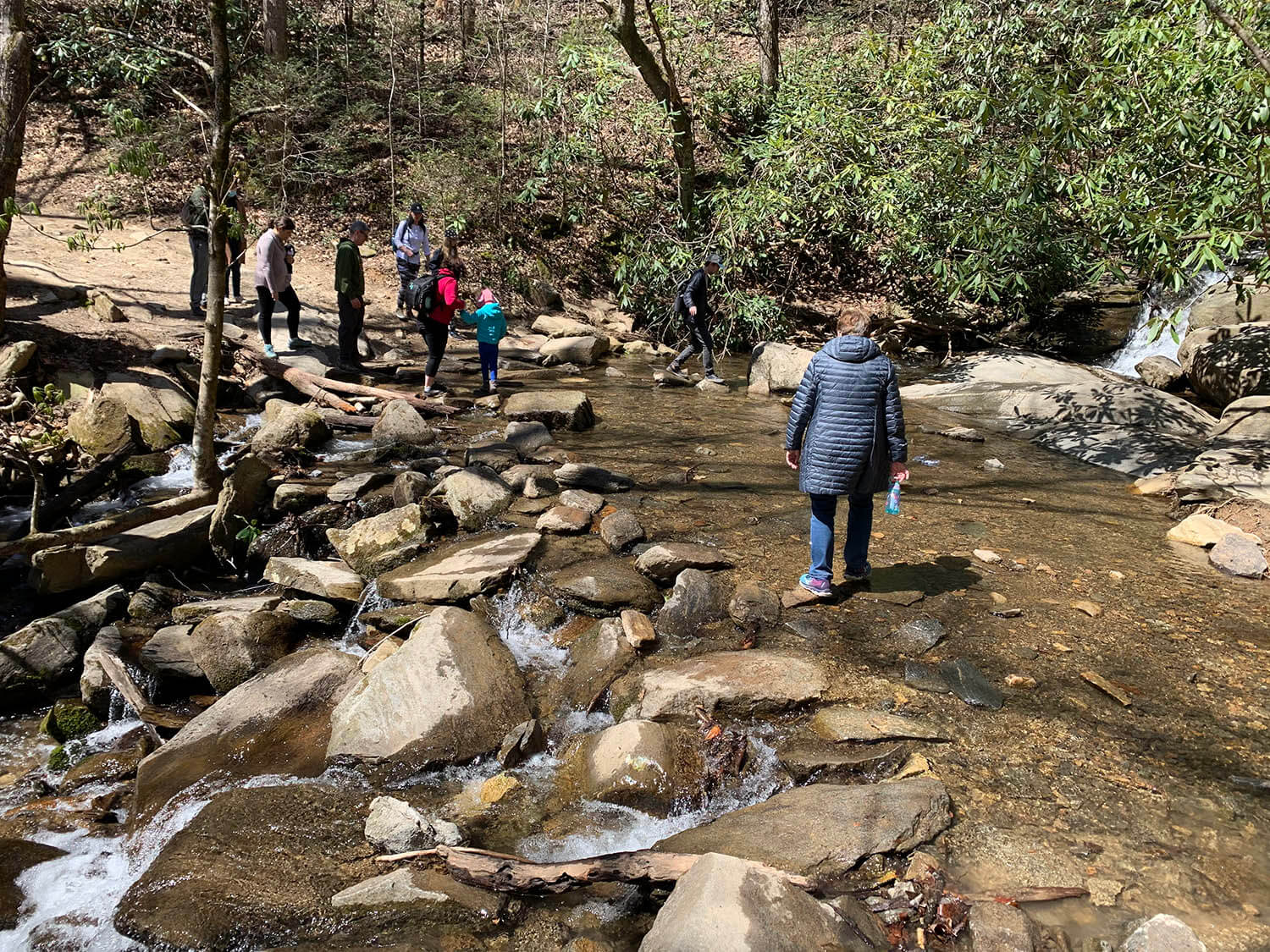
Hikers cross a shallow stream on the trail to Catawba Falls in Old Fort, North Carolina on April 3, 2021. Photo by Peter Stringer
Along with a pair of footbridges, and a handful of off-trail photo opportunities and smaller waterfalls, you will find a few shallow stream crossings that aren’t very difficult if you’ve got waterproof boots. If you’re in sneakers, you can cross a 20-foot wide stream across large rocks, but use caution as they’re usually submerged and will likely be slick in all seasons.
While the waterfall at the end is a satisfying payoff, it’s going to be crowded throughout the day. Photographers may have better luck venturing off the trail where there are some smaller falls throughout the river. Also, the trail itself gets a ton of sun exposure, so bring your ND filters and some SPF as well.
Hickory Nut Falls at Chimney Rock State Park

Hickory Nut Falls at Chimney Rock State Park in North Carolina on April 3, 2021. Photo by Peter Stringer for Amazing America.
Thanks to western North Carolina’s mountainous terrain and an abundance of rivers, the Tar Heel State has some of the best waterfalls in the country. East of the Mississippi River, Hickory Nut Falls ranks among the tallest in the United States. A horsetail waterfall rushes over the sheer face of a 404-foot cliff made famous in the 1992 epic Last of the Mohicans.
The hike to reach the base of the falls is located at Chimney Rock State Park, one of North Carolina’s most famous and well-trafficked state parks. Chimney Rock’s eponymous mountaintop lookout offers spectacular views that stretch for miles on a clear day.
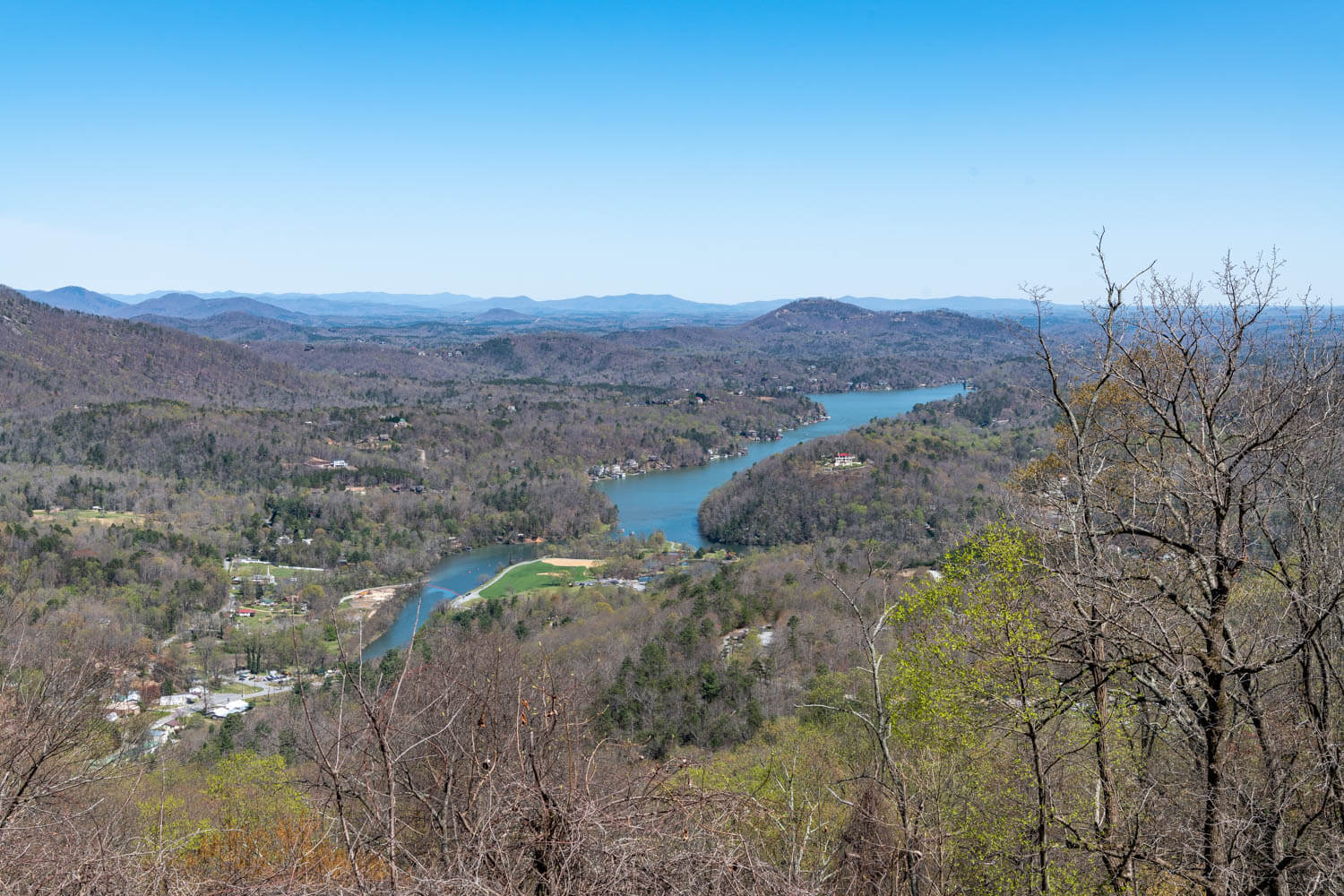
The View from Chimney Rock State Park in Chimney Rock, North Carolina on April 3, 2021. Photo by Peter Stringer
The hike to Hickory Nut Falls is less than a mile, but it’s relatively challenging in terms of elevation gain from the trailhead at the base of the park’s parking lot.
We visited in early April, when snowmelt was still in progress, and as such, ice and snow occasionally careened off the top of the cliff overhead near the base of the falls. If you’re here as the weather is turning to spring, its best to keep your ears and eyes open for falling ice.
On the hike back from Hickory Nut Falls to the main parking lot, you can shorten your trek if you’re up for taking a deck of stairs that will test your quads and calves.
Bonus Coverage: Bat Cave, North Carolina
Yeah, I laughed when I saw signs for “Bat Cave, North Carolina” and assumed, “Well, there must be a large cave where bats live somewhere in town.” My instincts were correct; the town is named for a large bat cave located on Bluerock Mountain, the largest known augen gneiss granite fissure cave in North America.
Various legends detail how the bat cave was used to store weapons by Confederate soldiers in the Civil War, as well as a hiding place in the Underground Railroad.
While I didn’t make it to the cave itself, and I never ran into Bruce Wayne, I did stop in at a roadside giftshop, scored a “Bat Cave, North Carolina” t-shirt and took some more photos along the river. It was a nice stop before heading out of the mountains after an enjoyable weekend in nature.
